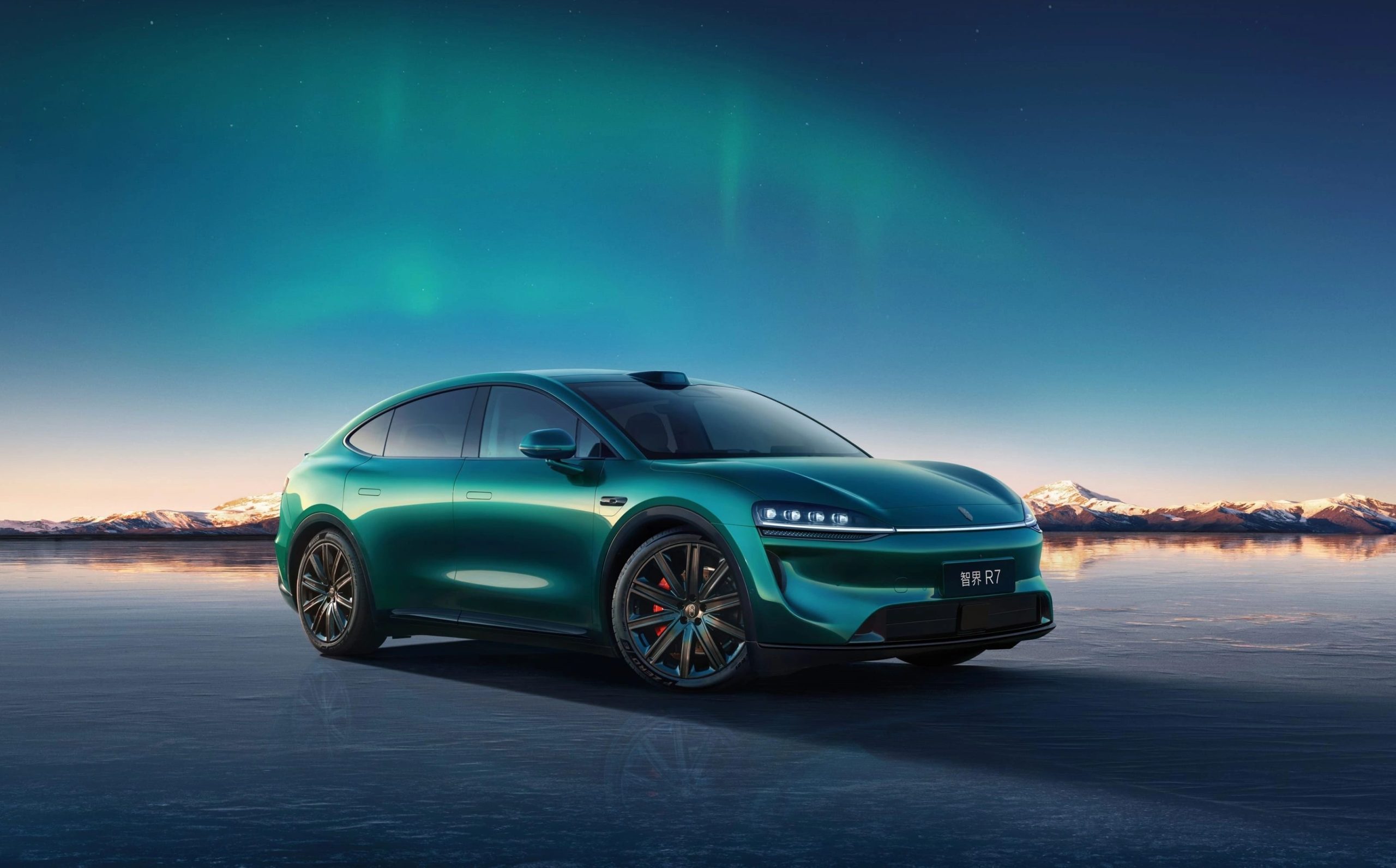Over the past few days I test-drove a cross-section of electric vehicles that represent the current domestic landscape: Tesla, Xiaomi SU7, BYD Han (top trim), Li Auto L6, NIO, Geely/Zeekr-style newcomers, and XPeng. The takeaway is straightforward: if I were buying today I would pick Tesla; if budget is a concern, BYD is the smartest domestic pick. But the fuller picture is more nuanced — the Chinese EV market is sophisticated, diverse, and rapidly evolving, with different makers staking out distinct strengths.
Tesla: the mature core
Tesla stood out for feeling like a high-IQ, polished product. The strengths were most visible under the hood — software sophistication, integrated systems, and a sense of engineering confidence make it feel like a car built around a strong algorithmic core. Autonomy is a headline capability, but in China Tesla’s Full Self-Driving (FSD) features are constrained by regulatory and geofencing limits; I didn’t get the full thrill of hands-off autonomy. Even constrained, the user experience, over-the-air updates, and the overall ecosystem convinced me Tesla’s strengths are more foundational than superficial. For buyers prioritizing long-term software evolution and a mature, high-tech vehicle, Tesla remains compelling.
BYD: the top domestic all-rounder
BYD, especially with the Han in top trim, impressed as a home-grown top student. The car delivers strong performance, solid build quality, a competent driver assistance suite, and a professional sales experience. BYD’s advantage is breadth: a competitive hardware portfolio combined with pragmatic software and service. For someone looking for a well-rounded EV without the premium price tag of a Tesla, BYD is a very attractive, practical choice.
Xiaomi: huge buzz, needs time
Xiaomi’s SU7 launched amid massive hype and long queues. The car draws on Xiaomi’s brand momentum, and visually and in many driving aspects it does well. However, when you care about advanced driver assistance and software, Xiaomi’s value equation becomes more complex: you likely need the top trim to feel satisfied, and at that price point Tesla looks very tempting. There are also early concerns about after-sales support — understandable for a newcomer that has to scale automotive service the way it did with phones. Xiaomi is a promising entrant that needs time to mature; its ecosystem advantages and polish suggest it’s worth watching.
Li Auto L6: comfort and a pragmatic approach
Li Auto’s L6 stakes its claim on comfort and family practicality. The seats felt like a soft, spacious sofa — excellent for long drives and family use. Li’s hybrid/extended-range approach (a gasoline generator to create electricity) addresses range anxiety pragmatically. For buyers who prioritize interior comfort, long-distance usability, and a conventional user experience, Li Auto makes a persuasive offer even if the tech halo isn’t as strong as Tesla’s.
NIO: a different business model
NIO differentiates itself with a battery-swap network and a flexible ownership model: you can rent the battery (lower upfront cost) or buy it (simpler ownership). The battery-as-service model is clever and attractive for certain lifestyles, particularly for drivers who value fast energy replenishment and an alternative to long charging waits. The trade-off is complexity in the purchasing decision — some buyers prefer the simplicity of “buy the car and be done.” NIO’s approach is innovative and solves real pain points, but it’s a different path that won’t suit everyone.
Other players: XPeng, Zeekr, and more
XPeng and other brands I sampled showed steady progress across software, design, and value. Each has its niche: XPeng leans into autonomous features and driver aids, Zeekr and other Geely spin-offs emphasize design and cost-performance. The variety on offer is a healthy sign of competition and rapid iteration.
What it all means for buyers
– Core tech vs. value: Tesla wins on core software/algorithmic strength and the promise of continual improvement. BYD wins on breadth and cost-effectiveness. Xiaomi and others bring fresh competition and strong design, but still need time to prove long-term service and software refinement.
– Autonomy is promising but uneven: many vehicles boast advanced driver assistance, yet capabilities vary and regulatory limits shape what’s usable today.
– Ownership models differ: NIO’s battery-swap model and Li Auto’s range-extender offer different solutions to range and charging pain points. Buyers should prioritize which trade-offs matter to them — convenience, upfront cost, or simplicity.
– After-sales matters: a growing concern among buyers is the reliability of service networks as new brands scale. Established players like BYD and Tesla have more mature infrastructure; newcomers must prove they can deliver consistent support.
Bottom line
Chinese electric cars have reached a level of maturity where choices are driven by priorities rather than sheer capability. Tesla currently represents the most polished, future-facing package if you value software and long-term technological leadership. BYD gives you an excellent domestic alternative with great value and a complete product. New entrants such as Xiaomi bring excitement and design flair but need time to cement service and software reliability. Li Auto and NIO offer compelling, experience-driven alternatives with pragmatic solutions for range and energy replenishment.
The market is healthy, competitive, and varied. For buyers, the right car depends on whether you prioritize core software and future upgrades, immediate value and service, or novel ownership and energy models. I’ll continue testing — Huawei is next on my list — but for now, the verdict is clear: the domestic EV ecosystem is no longer catching up; it’s competing on multiple fronts.











暂无评论内容